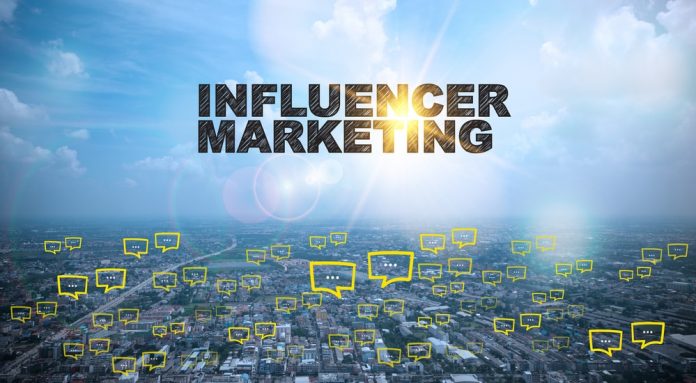By Natalie O’Grady
In 2018, influencer marketing firmly moved out of the “novelty” category and into required strategy for most major brands. Influencers across almost every industry have been powerhouses for businesses looking to reach millennials and Gen Z in the personalized, authentic way they desire. Celebrity endorsements have always been a tool for marketers with the right budget, but influencer marketing takes this concept to the next level. It combines star power with the more casual endorsement you get from word-of-mouth marketing – social media influencers are typically much more connected to and familiar with their fans than A-list celebrities. While some social media stars command big paychecks from the global brands they work with, there are thousands of micro-influencers (5,000 – 100,000 followers) and nano-influencers (less than 5,000 followers) who are more accessible to small businesses with limited budgets.
Influencers with millions of followers aren’t right for every brand, and 2018 proved smaller influencers also hold decision-driving power over their followers. Micro-influencers in specific industries are not only more affordable for smaller businesses, they’re more likely to reach the people who will become actual customers and offer a strong local marketing angle. MediaHub noted that retail and entertainment companies have seen 50 percent greater engagement in campaigns by partnering with micro-influencers. This group is often more affordable for businesses to engage while also offering a higher return on investment. Micro-influencers can provide direct, personal connections with segments of consumers that businesses may struggle to efficiently reach otherwise. To their followers, micro-influencers’ reviews of products are perceived as more authentic than celebrities with million-dollar endorsement deals. Here are some tips for small businesses looking to add micro and nano-influencers to their marketing mix:
How to Find Micro-Influencers
You can find influencers who are a great fit for your business in a variety of ways, ranging from free options to purchasing tools.
Start with your own followers: take a look through your fans on social media. For influencers that have a few thousand followers of their own, and are already fans of your business, a partnership with your brand could be a natural choice for them. Next, connect with local bloggers. Google is your friend here. If their content is a fit, check out how they prefer to connect.
On Instagram and Twitter, browse popular hashtags related to your brand’s products. Chances are, some of the most popular tweets will be from influencers in your industry. If you have budget available, you can also consider purchasing a tool to help. A subscription to a service like Klear will give you a more in-depth view into who holds influence in your industry.
What to Expect
When working with influencers, it’s important to pursue an authentic, mutually beneficial relationship. Treat influencers with respect, and they’ll be more open to working with you. Here’s what to keep in mind:
- Research how the influencer wants to be contacted and respect the type of partnership they prefer.
- Do your due diligence and research the influencer’s history and past brand sponsorships. This can help avoid a crisis for your brand later.
- Plan to build a relationship over time. Influencers may not be open to a partnership right away, even if you’re willing to pay. Give them time to become familiar with your business and determine if the right synergies exist to create a meaningful engagement.
- Establish expectations for all parties upfront. While some influencers are comfortable receiving free products or services in lieu of payment, others are not. Companies likely have more say in what the promotion looks like – in terms of content, frequency and strategy – when payment is involved. However, be as flexible as possible. The goal is to have an authentic endorsement from the influencer that they’re excited to share, not a buzzword-filled advertisement.
- Make sure all posts from your influencer partners clearly state their relationships with your brand – even a simple #AD is essential for transparency with audiences and avoids legal issues.
- Ideally, plan for a long-term relationship and not a one-off sponsorship.
Today’s marketing environment relies on true authenticity, not just false pretenses. It’s no longer about needing millions of dollars to secure a celebrity spokesperson; in fact, small businesses with limited budgets can succeed in influencer marketing alongside major corporate brands. The key is to focus on building true relationships with your audiences via approachable influencers they know and trust. If you keep people at the forefront – both customers and influencer partners – you will reap the benefits of a creative, effective influencer strategy without breaking the bank.
Natalie O’Grady is an account manager at A.wordsmith, a boutique communications firm based in Portland, Oregon, that specializes in media relations, writing, corporate positioning, social media and design. Natalie guides consumer and professional services clients in media outreach and social media and leads social media and influencer strategy for the firm.
Influencer marketing stock photo by zaozaa19/Shutterstock







